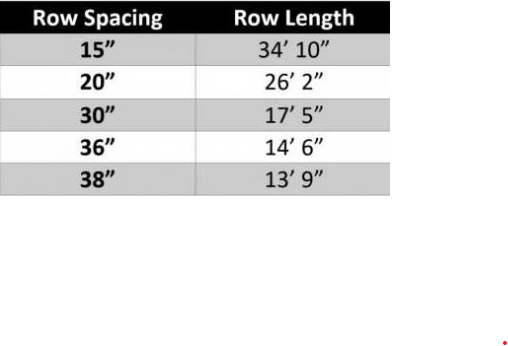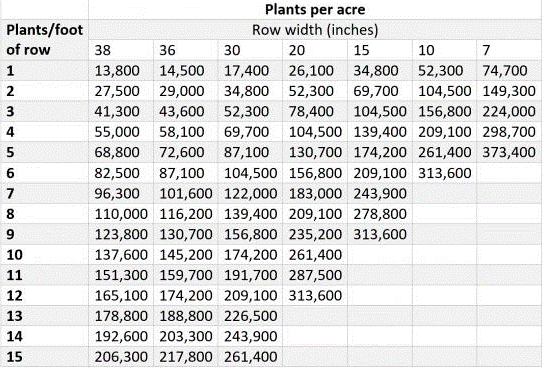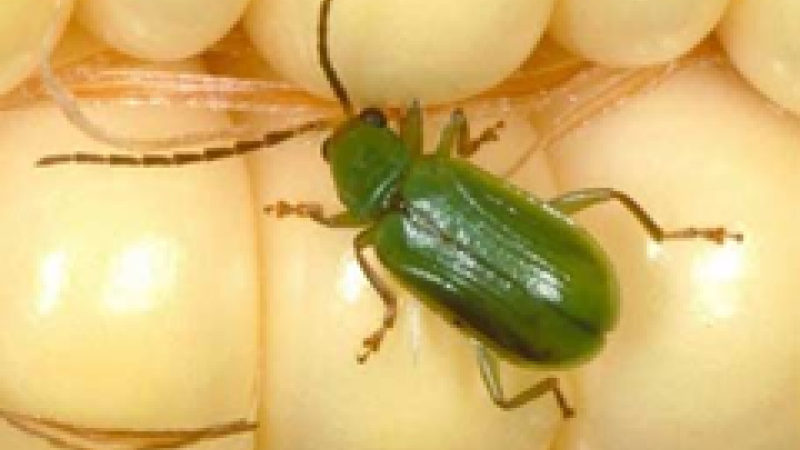Early Season Scouting Tips
The 2021 planting season is quickly coming to an end, that means it’s time to start scouting the young emerging crop. Below are some tips and things to look for while you are out scouting your fields the next few weeks. Before you head out to the field make sure you have the following tools: First, a tape measure for taking stand counts and measuring planting depth. Next, you will need a trowel, small shovel or some type of seed digger to dig up the seedlings and check planting depth, sidewall compaction and potential insect feeding below ground.
When checking corn and soybean fields here is a list of things to look for:
- Is the crop emerged? While walking along, make sure you look for gaps in the emerged crop, once you find a gap use your digging tool to carefully dig down and find the seed that “should” be there. If you find the seed check why it might not have emerged. Was it planted too shallow/deep? Was it planted in an air pocket and didn’t make good seed to soil contact? If it’s germinated, why didn’t it emerge with the rest of the corn plants? This will tell you a lot if you can find the seed/seeds that aren’t emerged yet.
- You will find some seeds that won’t emerge. Most seed corn has 95% germination rate and soybeans have 85-90% germination rate, so you will find some seeds that didn’t make it. Some of this crop has been in the ground for over three to four weeks. This gives pests a good opportunity to snack on the emerging seedlings. If you see something that doesn’t look normal on the seed like small holes in the seed or the emerging plant tissue, it is very likely that an insect, likely a seed corn maggot or wireworm have been feeding on the seedling.
- If something doesn’t look normal, let's find out why it doesn’t look normal. Knowing what a healthy plant looks like is key to identifying seedling diseases. Plants communicate in color and growth. When scouting for seedling diseases look for yellowing, wilted, dead or stunted plants. In soybeans, look for seedlings that pull easily from the soil, discolored or rotting root tissue, and lesions that form on the taproot or hypocotyl. In corn look for discolored or rotten mesocotyls, seminal roots and nodal roots.
- The last thing I like to do is check the population of the emerged crop. Measure the correct distance according to your row width (see figure 1 & 2) and count how many plants have emerged. Once you have done this multiple times in different parts of the field, average your counts to determine your final population. How does this compare to what you planted for population? If it is much higher or lower it is time to look at what happened with the planter and why the population is so far off.


Getting out and scouting your emerging can be some of the best time spent learning what went right this spring and what you can improve on for next year. For more help please contact your local Hoegemeyer agronomist.

